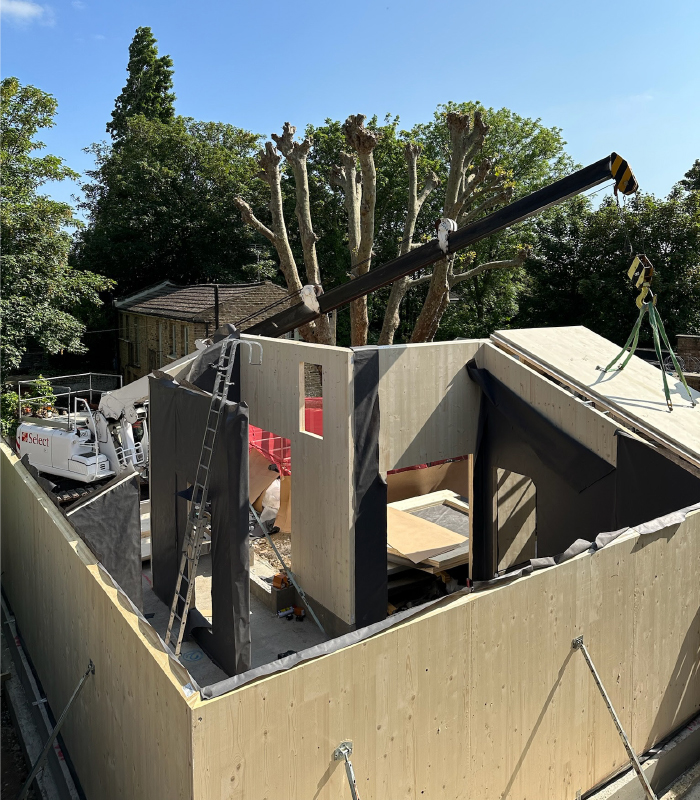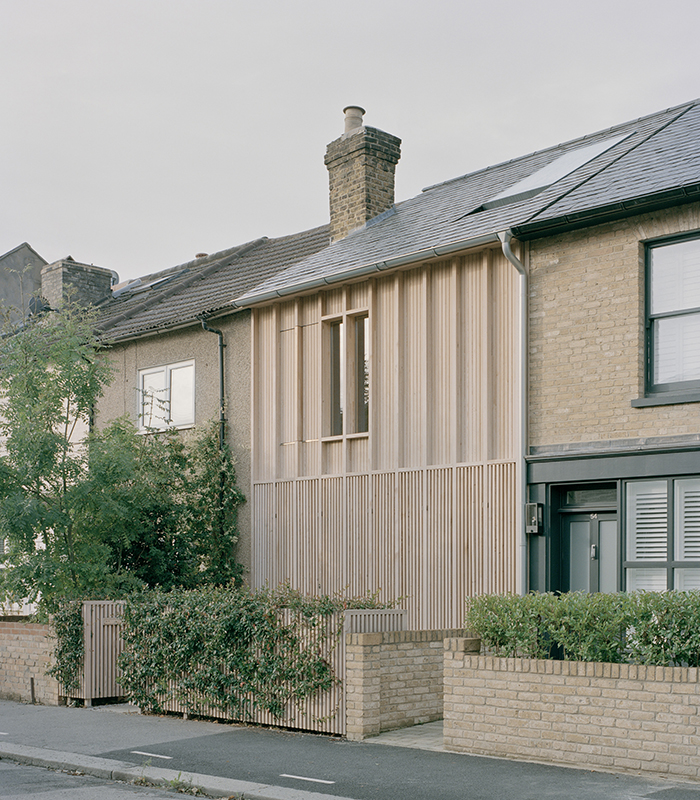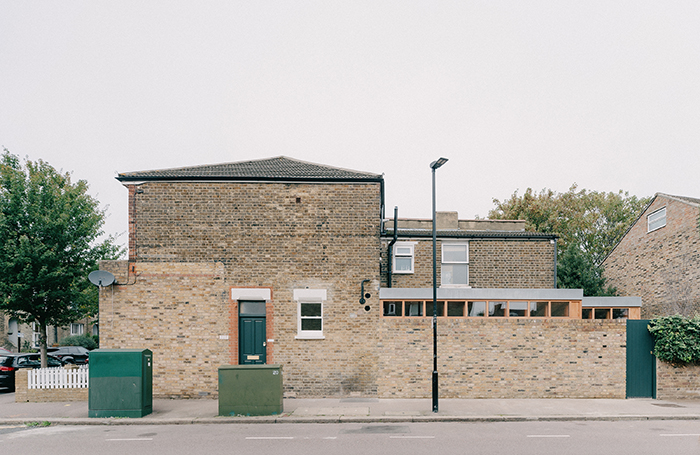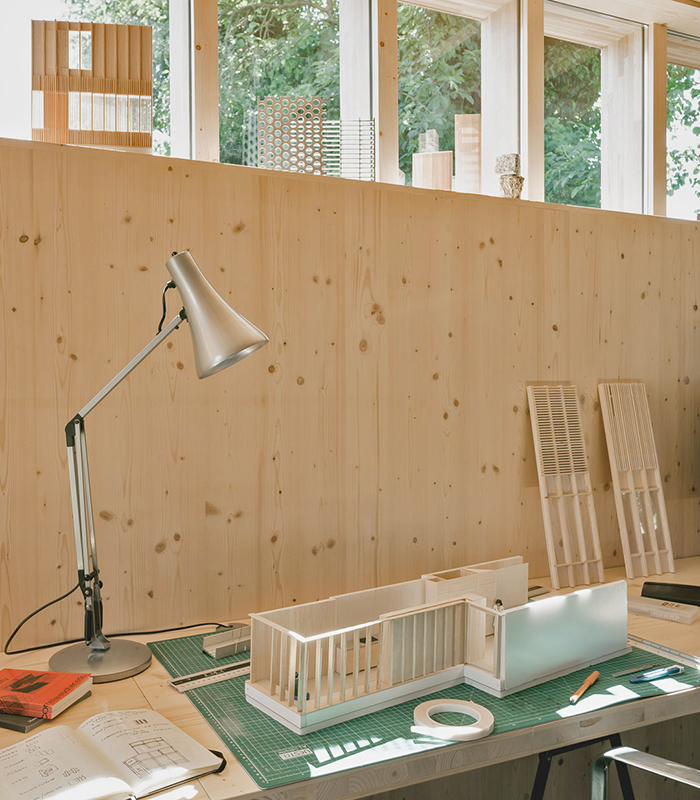This month, RIBA London spoke to Zach Fluker and Liz Tatarintseva of ao-ft - a London based architecture office dedicated to design, construction, and education.
Their projects are developed by creating personal experiences that connect individuals with their surroundings through function and material. The team design spaces and objects in relation to the architectural context, with the intent to enhance the well-being of those who inhabit them.
What do you think is the most important issue for architects to focus on right now, and what are you doing as a practice to tackle it?
As architects, we connect and disseminate information that has global effect. Our industry is a leading contributor to both embodied and operational carbon and the environmental agenda within architecture is not a new one, but its disregard has led to the critical and pivotal moment that we presently occupy.
Within ao-ft, we believe that the key issues within architectural design that can have an immediate positive impact within the built environment are the interconnected aspects of value, material, and fabrication.
We define value within our projects as a combination of experience, flexibility, and lifespan. Often looking to achieve cost effective design solutions, we work through the reduction of complexity within technical detailing to achieve well considered building elements.
This attention to the 1:1 scale is coupled with material research and experimentation. Moving towards a post carbon world requires innovation through resources both renewable and reused. From supply chains to on-site construction waste, we find it beneficial to work with an assessment criterion throughout the design process to gauge the impact of each of our design decisions.
Bridging between value and material is our deep interest in fabrication. As data increasingly becomes our worlds new currency, we are anticipating the technological impact on how we construct architecture. For us, a hybrid approach of both on and off-site construction is advantageous in meeting the requirements necessary for a future that works with the environment; rather than against it.

What benefits have you experienced from becoming a RIBA Chartered Practice?
ao-ft is a young practice that started in 2017 and became a RIBA Chartered Practice in 2020. As a new practice we have benefited from the support and connection to the professional community.
Having access to the tools and resources offered by RIBA has greatly helped us stay current with issues surrounding the business of operating an architecture practice. It has also provided us the opportunity to apply for the RIBA Awards, helping us share our work with the industry and potential clients.

What’s the most exciting project you’ve got coming up and why?
Several months ago, a client came to us with a piece of land in Suffolk near Aldeburgh. The site is a large depression in the landscape encircled by a great variety of tree species and wild planting. The brief for the project is to create a family home that connects deeply with the surrounding environment while having a minimal impact on the land.
Working with the client has been inspiring for their commitment to progressive sustainable design and ambition to create architecture that embeds itself into the environment and only lightly touching it. This will be our first new build house in a rural setting and it has brought exciting constraints and opportunities within the design development.
We are currently in the middle of RIBA Stage 3 and look forward to submitting planning next month.
Where do you look for inspiration?
Inspiration for our work comes from a variety of sources and is often found within daily life; people and the way they live and occupy space is fascinating to us.
Often the site and surrounding context brings with it inspiration; learning about its history and contemplating its potential future influences how we formulate our design. Materials and construction techniques also feed heavily into our process and provide guidance.
We really enjoy the act of building and take a lot of cues from the talented builders we work with. Their input is invaluable and learning to see the project through their skillset has inspired us greatly.

What recent tool do you think has had the biggest impact on how your field works and what you create?
We typically assess our design through making physical models and drawings. We then develop these further in computer models and have recently started incorporating VR (virtual reality) into design development.
We find VR is a really useful tool to test basics like views, scale, and furniture layouts. Using it to test work-in-progress work provides feedback on user experience and sequencing of spaces. We find that it is a powerful tool to help guide and solidify design intentions by virtually experiencing them.
About ao-ft
Get the latest from ao-ft and their work via their instagram account.










